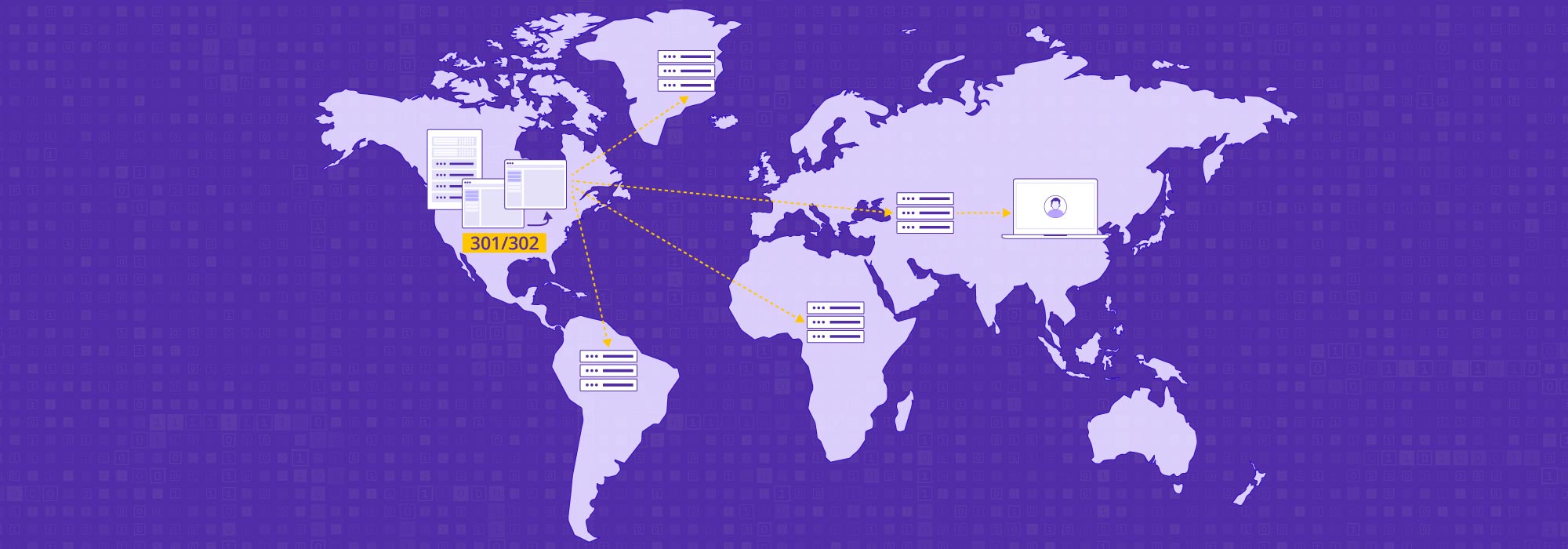Live streaming has exploded in popularity in recent years, with millions of people tuning in to watch their favorite content creators, celebrities, and athletes on platforms like Twitch, YouTube, and Facebook Live.
According to a recent report by SkyQuest Technology, the global video streaming market is expected to reach a value of USD 932,000.0 million by 2027, at a CAGR of 25.0% over the forecast period (2021 – 2027). At the heart of this trend is RTMP (Real-Time Messaging Protocol), a popular protocol that enables the seamless transmission of audio, video, and data in real-time to a media server.
What is RTMP?
RTMP (Real-Time Messaging Protocol) is a protocol used for streaming audio, video, and data over the Internet, between a Flash player and a server. It was developed by Macromedia (now Adobe) and is widely used for live streaming, video on demand, and real-time messaging as well as online video conferencing.
However, the use of RTMP has declined in recent years due to the rise of newer, more efficient streaming technologies such as HTTP Live Streaming (HLS) and Dynamic Adaptive Streaming over HTTP (DASH) as well as the decline of Flash in recent years in favor of newer technologies.
Despite these trends, RTMP is still widely used in many streaming applications and is supported by many media servers, encoders, and other streaming equipment.
What is RTMP Ingest?
RTMP ingest is a feature that allows users to send live video streams to a media server for broadcast over the Internet. It is commonly used by broadcasters and streaming platforms to receive live video feeds from encoders, cameras, and other sources, and make them available for viewing by users.
RTMP ingest uses the RTMP technology to encode and then deliver the live video from the encoder to the online video platform. It requires the use of a readily available RTMP encoder, which is also relatively inexpensive compared to encoders that use other streaming protocols. Since the RTMP encoder can ingest directly into the CDN or video player, the streaming process is also possible without the use of an online video platform.
RTMP ingest is typically used in combination with a streaming protocol such as HLS or DASH to deliver the live video stream to users’ devices.
A Step-by-Step Breakdown of How RTMP Ingest works
There are a few steps involved in the transfer of the live encoded video to the online streaming platform. These steps broadly fall into three phases – handshake, connection and stream.
The Handshake
In the handshake stage, the media server is configured to accept incoming RTMP streams and has a “live” application set up to handle the incoming streams. The client sends three chunks of data to the server. The first one alerts the server about the type of protocol being used, the second one comes through with a timestamp and the third one is sent as acknowledgement after confirming the receipt of the first two.
The Connect
Once the handshake is made, the connection phase starts, where the client and server exchange some coded dialogue in a language called AMF (Action Message Format). This is to establish an “all-clear” for the stream to start and to negotiate the details of the connection.
The Stream
After this, the stream should be ready to start. To deliver the data, commands such as createStream, play, receiveAudio, seek, pause and others can be used to allow the video to be transmitted as directed.
The Benefits of RTMP Ingest
There are a number of benefits to using RTMP ingest:
- Minimal buffering – Using RTMP for streaming can help to reduce or eliminate buffering when a video is loading or when the stream pauses to get more data.
- Low-latency streaming – One of the reasons why the buffering is reduced is because RTMP has a relatively low latency compared to other streaming protocols, which means that the delay between the source and the viewer is minimized.
- Cost-effective live streaming – Since RTMP ensures reliable streaming and reduces the need for additional infrastructure it helps lower the overall cost of streaming. Additionally, RTMP’s efficient use of network resources means that it can deliver high-quality streams without using more bandwidth than necessary, reducing costs further.
- Enhanced user experience – Due to the low-latency, high-quality streams and minimal buffering, RTMP ingest allows for a seamless and uninterrupted viewing experience for the user.
RTMP Ingest vs. RTMP Streaming
RTMP ingest and RTMP Streaming are two different aspects of the Real-Time Messaging Protocol (RTMP). RTMP ingest refers to the process of capturing and encoding audio and video content, establishing a connection with an RTMP server, and sending the encoded data to the server for streaming.
RTMP Streaming refers to the process of delivering transcoded audio and video data from an RTMP server to one or more clients, such as media players or web browsers. It could use RTMP or another compatible protocol, such as HTTP Live Streaming (HLS) or Dynamic Adaptive Streaming over HTTP (DASH).
RTMP streaming was designed to work with its Flash video player and began to see less usage because of two reasons. First, it did not support mobile streaming and when more users started using internet-enabled mobile devices, broadcasters needed a better solution quickly. Secondly, new technology has made RTMP streaming inferior as an approach. As a result of all this, RTMP distribution is now focused on video ingest, not streaming.
HLS or RTMP
HTTP Live Streaming (HLS) and Real-Time Messaging Protocol (RTMP) are two different protocols for streaming audio, video, and data over the Internet.
HLS is an HTTP-based protocol developed by Apple for streaming video and audio content to devices such as smartphones, tablets, and computers. It allows HLS streams to be played back on a wide range of devices, as most modern web browsers support HTTP.
RTMP on the other hand is a protocol that uses a persistent connection between the client and the server to stream video and audio content from a web server to a Flash player, such as the one used by many websites to display video content. Interestingly, RTMP ingest can also be used in combination with HLS streaming to get the lowest latency possible.
RTMP Ingest on CDNetworks
The rise in demand for live streaming has led to the development of a number of streaming technologies. The RTMP protocol has become invaluable in enabling the usage of RTMP ingest. Among the many streaming technologies, RTMP ingest finds its popularity due to the low-latency, cost-effectiveness and user experience among other factors.
Want to ensure that you enjoy the best RTMP ingest for your live streaming events?
With more than 20 years cultivation in media streaming industry, CDNetworks’ cutting-edge streaming media tuning engine makes it possible.
We’ve optimized the TCP transmission section of RTMP protocol using our in-house private transport protocol, to realize higher throughput capacity, more efficient congestion control, and more flexible packet retransmission policy. In addition, RTMP frame loss ratio can also be effectively managed owing to our intelligent dynamic and static relay schemes and media processing strategies.
CDNetworks offers a number of solutions to help you ensure a smooth, stable, and high-quality live viewing experience by supporting all the popular streaming protocols including RTMP. Find out more today.


